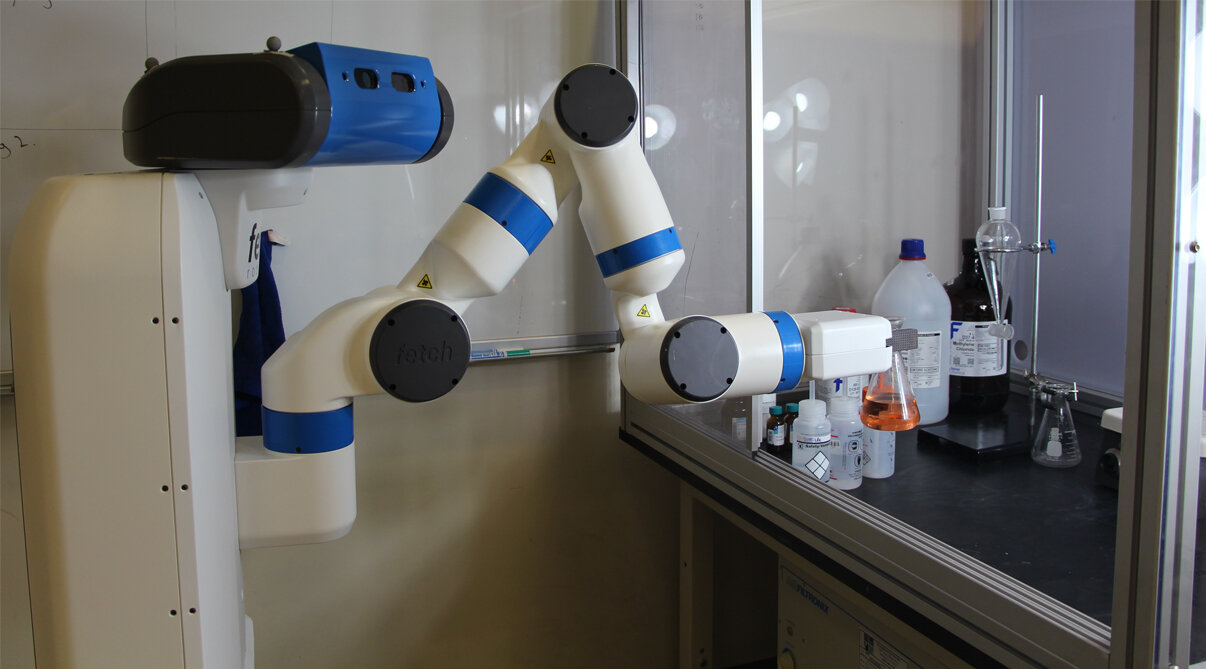




Carson J. Bruns
Science · Art
Carson J. Bruns
Science · Art
Study hard what interests you the most, in the most undisciplined, irreverent and original manner possible.
Richard P. Feynman
I am a researcher in the interdisciplinary field of molecular nanotechnology. I direct the Emergent Nanomaterials Laboratory at the ATLAS Institute of the University of Colorado Boulder. My contributions to science are summarized on the Science page of this website. Here’s a preview of what I’m doing right now:
Current Projects
Smart Tattoos
Although tattooing is an ancient practice dating back tens of thousands of years, we have done very little to update tattoo technology over the millenia. My lab is re-inventing tattoo pigments that give new properties to the skin, whether they be for biomedical purposes or for new forms of self-expression. For example, we have created tattoo inks that change color when they sense ultraviolet light or changes in temperature. Read my article on The Rise of Smart Tattoos, watch the Bufftalk, or the TEDxMileHigh talk:
The Mechanical Bond
The mechanical bond is an entanglement in space that prevents the separation of two or more molecular entities that are not otherwise bound by strong chemical bonds. We use the term mechanomolecule to describe any molecule with a mechanical bond. The newest and most unusual bond in chemistry enables us to build molecular nanomachines and imparts matter with remarkable properties. There is so much to say about the magic of mechanomolecules, I wrote a very long book about it!
Rotaxanes are a class of mechanomolecules in which a molecular ring encircles a molecular string, which contains bulky ends or "stoppers" that prevent the ring from unthreading. I have previously designed a number of rotaxanes with emergent properties attributable to their mechanical bonds, including:
The first mechanically bonded protein bioconjugates
Stimulus-responsive rotaxane sensors
Electrochemical actuators / molecular muscles
Spring-like rotaxane foldamers
Gated molecular flasks
Currently, my lab is developing novel mechanically bonded molecules that display a number of emergent and potentially useful properties. A recent example is an eco-friendly adhesive derived from a polyrotaxane that forms super strong bonds, even with teflon.
RoboChemistry
Photo credit: Connor Brooks and Kailey Shara
Organic synthesis is a very time-intensive, laborious, and manual discipline, representing a major bottleneck to the pace of progress in the many fields to which it is linked. I (and my collaborators) believe that robotic automation can accelerate organic synthesis while making it safer and more reproducible. We are developing both collaborative and fully automated robots that can take over the mundane tasks in the wet lab, allowing their human counterparts to focus more of their efforts on problems of higher complexity. Read the article here.
Making art is how I play! The thumbnails below link to galleries of my paintings, animations, illustrations, flow art, digital art, tattoo, and words.

Contact
Carson J. Bruns, PhD
carson.bruns@colorado.edu
Contact
Carson J. Bruns, PhD
carson.bruns@colorado.edu








